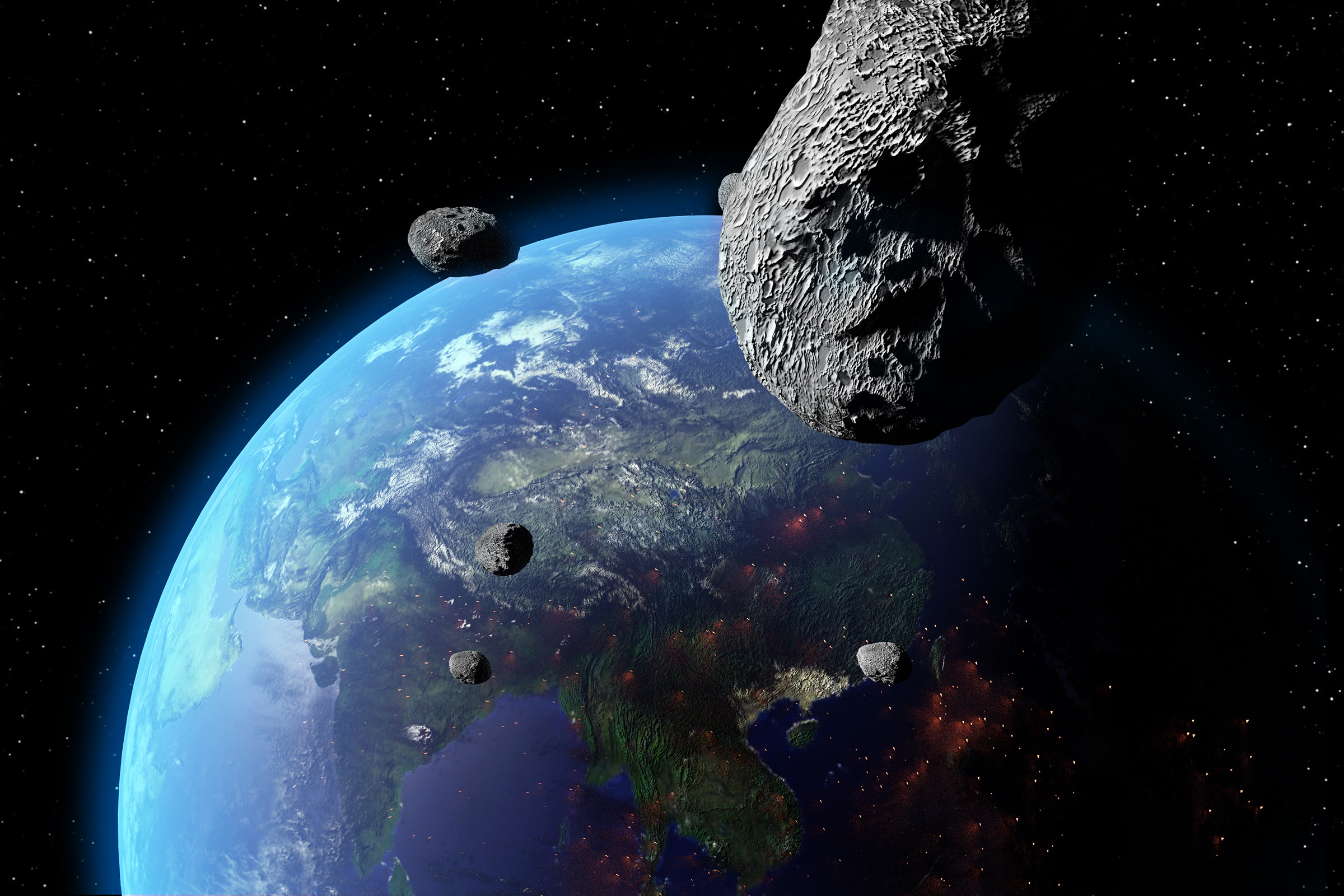Earth is bidding farewell to a fleeting celestial companion. The asteroid 2024 PT5, has been orbiting near our planet for the past two months and is now leaving Earth’s vicinity, pulled away by the sun’s gravity. Though its visit was brief, this small space rock—dubbed a “mini moon” by many—has had quite a few eyes on it as it acted as a second moon for our planet.
Discovered in August 2024, 2024 PT5 measures roughly 33 feet (10 meters) in diameter. It began its temporary trajectory around Earth in late September, tracing a horseshoe-shaped path influenced by our planet’s gravity.
While it never achieved full capture as a true moon, it behaved like one during its brief stay. NASA highlights that the asteroid didn’t complete an orbit, which technically disqualifies it as a moon, yet its behavior made this “mini moon” a fascinating target for study.
Astrophysicists have tracked 2024 PT5 extensively, using telescopes in the Canary Islands to observe its movement, AP reports. Their research has contributed to hundreds of observations, helping scientists better understand these temporary visitors.
Currently, the mini moon is over 2 million miles (3.5 million kilometers) away, and too faint to be seen without powerful telescopes. But it’s not gone for good. In January, asteroid 2024 PT5 will swing back within 1.1 million miles (1.8 million kilometers) of Earth—about five times the distance to the moon.
NASA plans to study the mini moon during this flyby using the Goldstone radar array in California, part of its Deep Space Network. These observations could provide valuable data about its composition and origin—something many believe could be tied back to our actual moon.
This hypothesis posits that the asteroid was ejected from the surface of the moon due to an impact by some unknown space debris or other asteroid. As such, it could one day be tied back to one of the many craters that call the surface of our satellite home.
While it will return in 2055 for another brief visit, 2024 PT5’s journey underscores the dynamic nature of our solar system. These transient mini moons are rare but important opportunities to study the gravitational interplay between Earth and our sun, deepening our understanding of the cosmos and our place within it.
